
The physics of football (in TED-Ed GIFs)
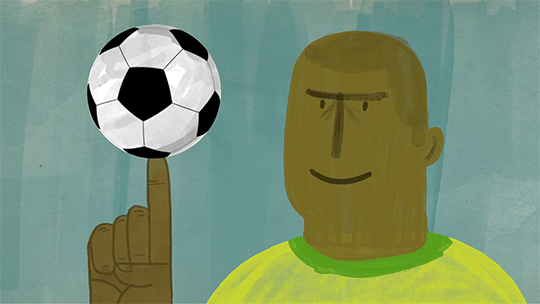
In 1997, Brazilian football player Roberto Carlos set up for a 35 meter free kick with no direct line to the goal. Carlos’s shot sent the ball flying wide of the players, but just before going out of bounds it hooked to the left and soared into the net. How did he do it? Below, Erez Garty describes the physics behind one of the most magnificent goals in the history of football.
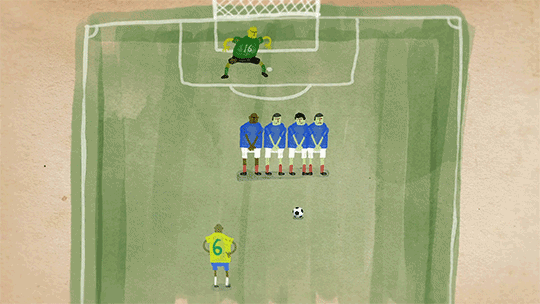
According to Newton’s first law of motion, an object will move in the same direction and velocity until a force is applied on it. When Carlos kicked the ball he gave it direction and velocity, but what force made the ball swerve and score one of the most magnificent goals in the history of the sport?
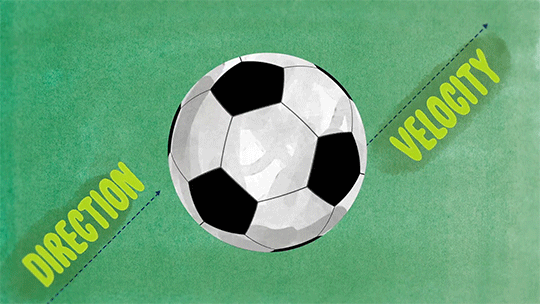
The trick was in the spin. Carlos placed his kick at the lower right corner of the ball, sending it high and to the right, but also rotating around its axis.

The ball started its flight in an apparently direct route, with air flowing on both sides and slowing it down. On one side, the air moved in the opposite direction to the ball’s spin, causing increased pressure, while on the other side—the air moved in the same direction as the spin, creating an area of lower pressure.
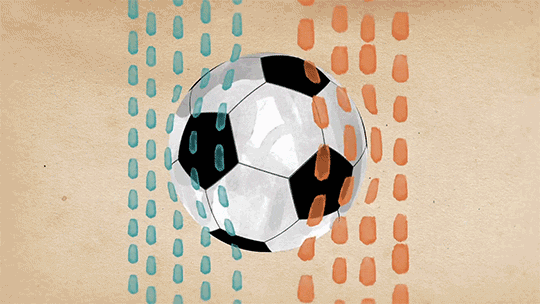
That difference made the ball curve towards the lower pressure zone. This phenomenon is called the Magnus effect.

This type of kick, often referred to as a banana kick, is attempted regularly, and it is one of the elements that makes “the beautiful game” beautiful.
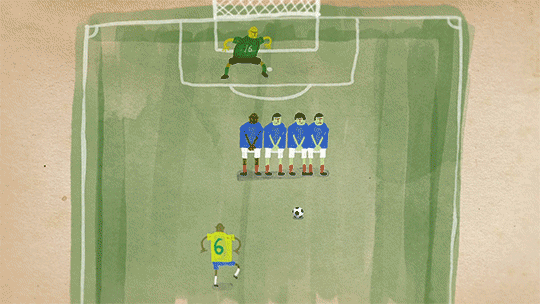
But curving the ball with the precision needed to both bend around the wall, and back into the goal is difficult. Too high and it soars over the goal. Too low and it hits the ground before curving. Too wide and it never reaches the goal.
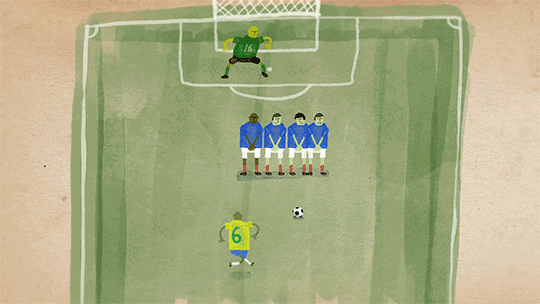
Not wide enough and the defenders intercept it. Too slow and it hooks too early or not at all. Too fast and it hooks too late.
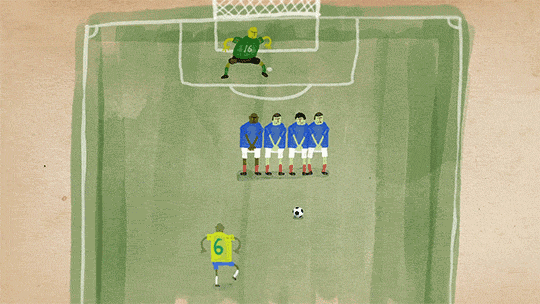
The same physics make it possible to score another apparently impossible goal — an unassisted corner kick.
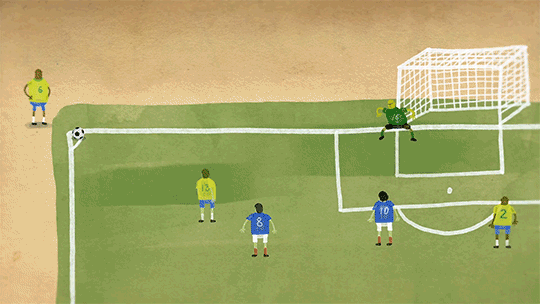
The Magnus effect was first documented by Sir Isaac Newton after he noticed it while playing a game of tennis back in 1670. It also applies to golf balls, Frisbees and baseballs. In every case the same thing happens: the ball’s spin creates a pressure differential in the surrounding airflow that curves it in the direction of the spin.

And here’s a question: could you theoretically kick a ball hard enough to make it boomerang all the way around back to you? Sadly, no. Even if the ball didn’t disintegrate on impact or hit any obstacles, as the air slowed it, the angle of its deflection would increase, causing it to spiral into smaller and smaller circles until finally stopping. And just to get that spiral you’d have to make the ball spin over 15 times faster than Carlos’s immortal kick. So good luck with that.
Watch the full TED-Ed Lesson: The “impossible” free kick
To learn something new every week, sign up for the TED-Ed Newsletter here >>

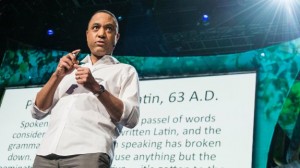

Very interesting. Thank you!